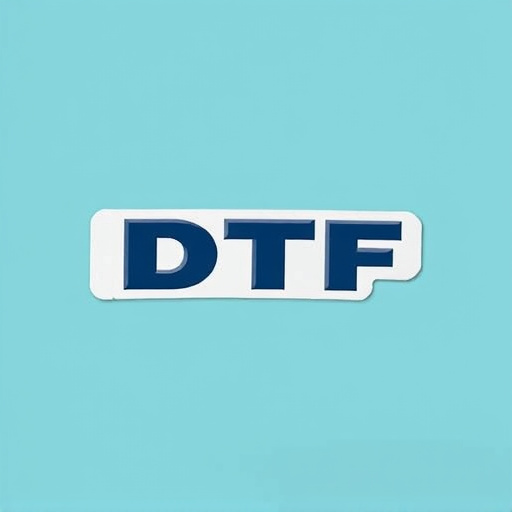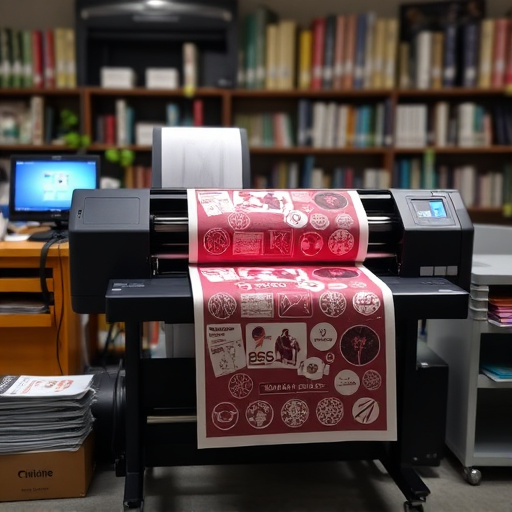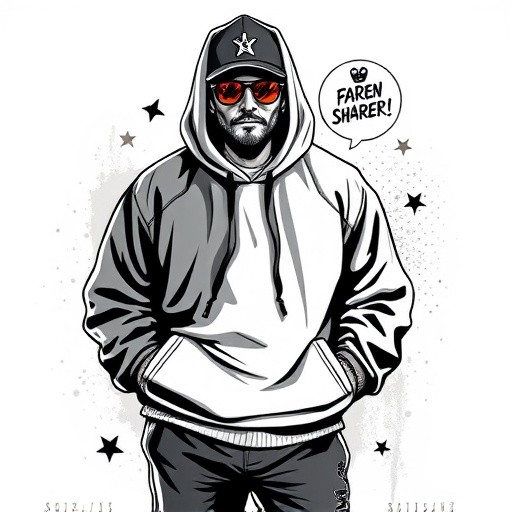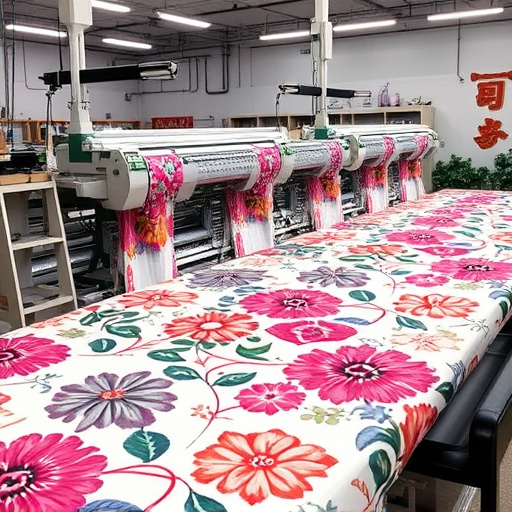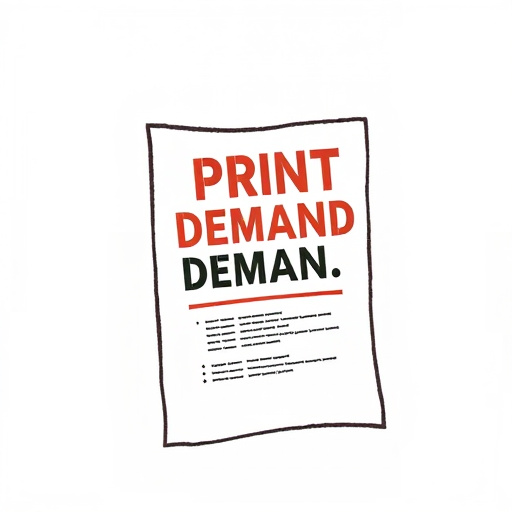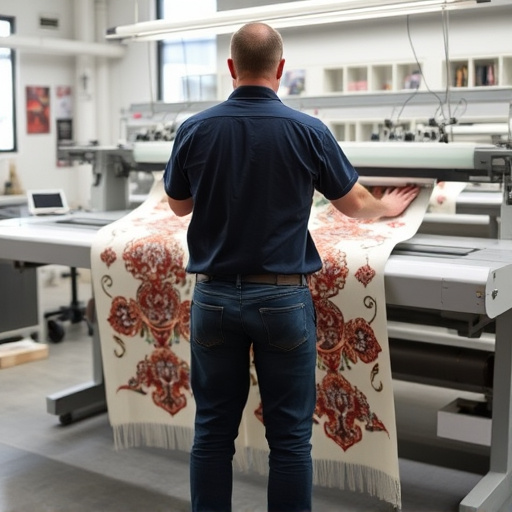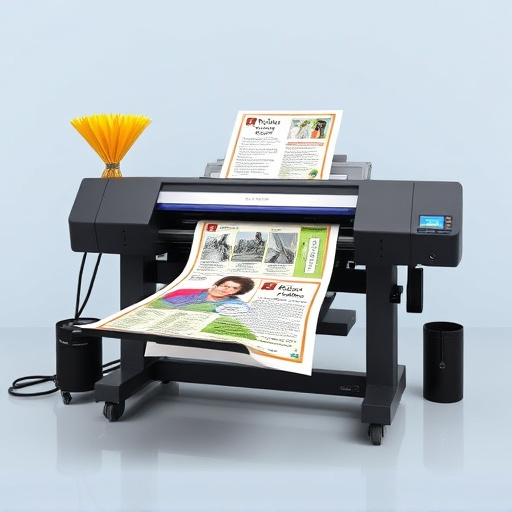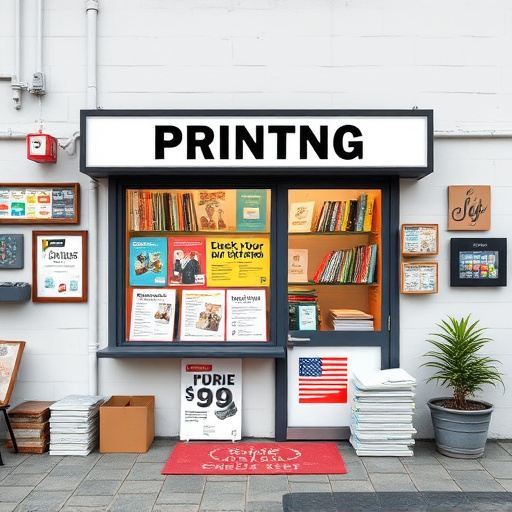Fast fashion, driven by rapid production and inexpensive trends, is evolving due to DTF (Direct-to-Fabric) Technology. This innovation enables precise printing of intricate designs directly onto fabrics, allowing for swift reproduction of complex patterns. DTF facilitates small-batch or custom order production, empowering designers to bring unique visions to market without traditional barriers. It also promotes sustainability by minimizing waste from overproduction and offering long-lasting prints with reduced environmental impact. The fashion industry is embracing DTF as a game-changer, transforming design and production methods towards greater efficiency, flexibility, and eco-friendliness.
In the dynamic world of fashion, Fast Fashion has emerged as a dominant trend, driven by ever-changing styles and rapid production cycles. This article explores how cutting-edge Direct to Consumer (DTF) technology is revolutionizing this sector, enabling brands to deliver the latest trends directly to consumers faster than ever before. We delve into the evolution of fast fashion, analyze DTF’s role in enhancing efficiency and accessibility, and discuss sustainability concerns alongside future prospects for this transformative technology.
- Understanding Fast Fashion and Its Evolution
- The Role of DTF Technology in Revolutionizing the Industry
- Sustainability Concerns and Future Prospects with DTF
Understanding Fast Fashion and Its Evolution
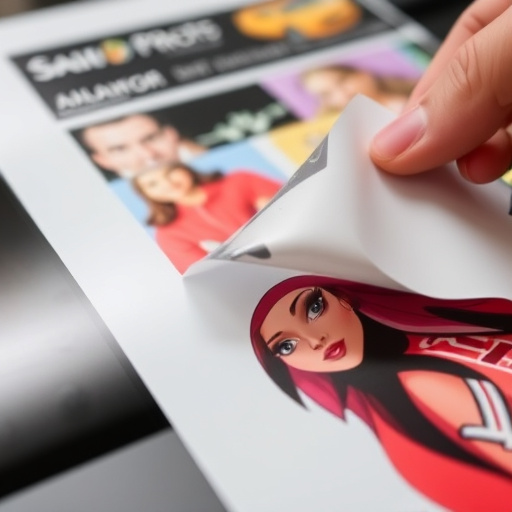
Fast fashion is a term that describes the rapid production and consumption of inexpensive clothing trends. It’s characterized by quick turnaround times from design to retail, often bringing the latest catwalk looks to shelves within weeks. This industry has evolved significantly over time, driven largely by technological advancements. One such game-changer is DTF (Direct to Film) Technology, which has revolutionized the way garments are printed and decorated.
DTF technology allows for intricate and precise designs to be applied directly onto fabrics using a direct printing method. With its capabilities, brands can easily reproduce complex patterns and graphics, keeping up with ever-changing fashion trends. DTF prints, or dtf transfers, offer an efficient and cost-effective solution for small batches or custom orders, making it easier for designers to bring their unique visions to market without the usual barriers of entry. This evolution in fast fashion production ensures that styles remain fresh and accessible while also enabling a more sustainable approach by reducing waste from overproduction.
The Role of DTF Technology in Revolutionizing the Industry
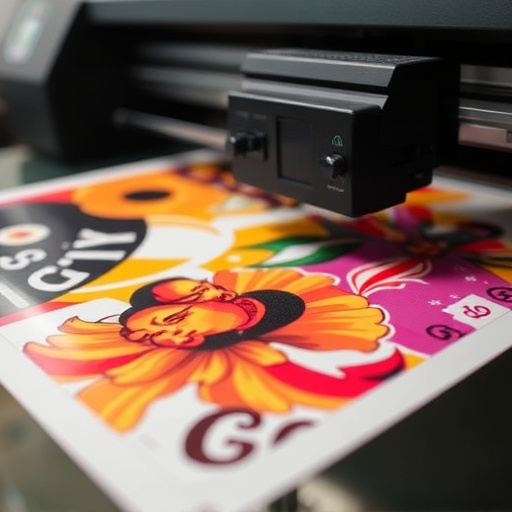
The fashion industry has witnessed a significant transformation with the advent of Digital Transfer Technology (DTF), a game-changer that promises to redefine the way we create and consume clothing. DTF technology enables efficient, precise, and direct printing on various fabrics, offering an innovative solution for fast fashion trends. This cutting-edge method allows designers and manufacturers to bring their creative visions to life with unprecedented speed and flexibility.
With DTF, custom designs can be swiftly transferred onto t-shirts, garments, and accessories using advanced digital printers. The technology’s versatility is particularly evident in the production of unique, limited-edition pieces or personalized items catering to individual customer preferences. Moreover, DTF for t-shirts and other apparel ensures high-quality prints, vibrant colors, and exceptional durability, satisfying the demand for trendy, stylish garments that are also made to last. DTF prints and transfers have become a preferred method for creating on-trend, affordable fashion pieces, fostering a sustainable and dynamic industry landscape.
Sustainability Concerns and Future Prospects with DTF
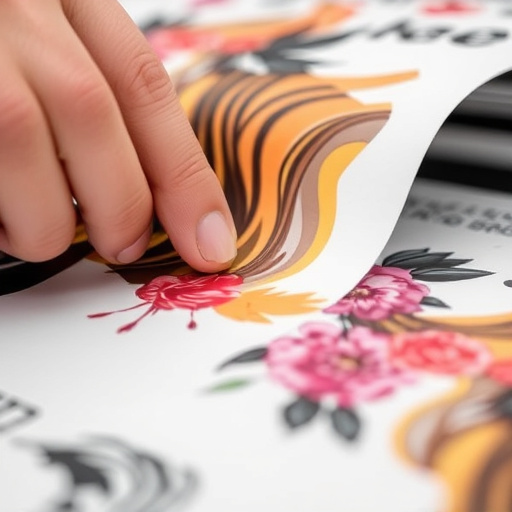
Despite the allure of fast fashion trends, the industry has long faced sustainability concerns due to its reliance on resource-intensive production methods and throwaway culture. Traditional printing techniques often utilize harmful chemicals and contribute to textile waste, especially when combined with non-recycled fabrics. This has prompted a search for eco-friendly alternatives, and here’s where DTF (Direct-to-Fabric) technology steps in as a promising game-changer.
DTF technology offers a revolutionary approach to printing on dark fabrics by eliminating the need for harmful chemicals and costly preparation processes. With advancements in DTF printing for dark fabrics, this method has become increasingly accessible and efficient. By using specialized dtf transfer film, designers and manufacturers can achieve vibrant, long-lasting prints directly onto various fabric types, ensuring sustainability without compromising quality. Looking ahead, as the technology continues to evolve, it holds immense potential to reshape the fashion industry, fostering a more sustainable and responsible future for fast fashion trends.
DTF Technology is poised to significantly reshape the fast fashion landscape, addressing key sustainability concerns while offering efficient, cutting-edge solutions. By streamlining production and reducing waste, this innovative approach could lead to a more environmentally conscious industry. As consumer awareness grows, embracing DTF’s potential will be crucial for brands aiming to stay relevant and meet evolving expectations.




